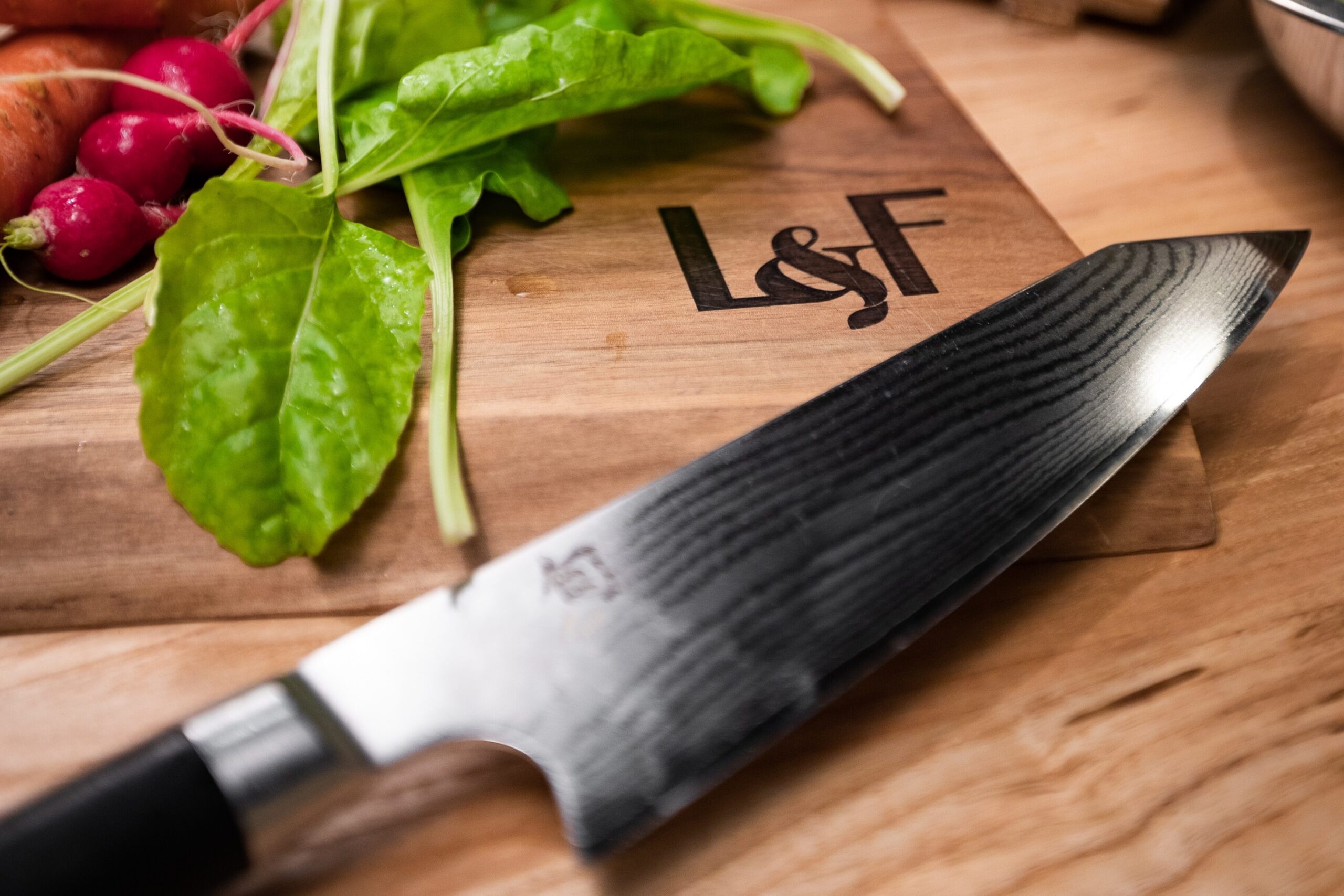Have you ever been captivated by ancient Japanese swords and yearned to own one? Japanese swords, also known as “Nihontō”, have a renowned reputation worldwide, regarded as a fusion of craftsmanship and art. However, due to their high value and demand, the market is inundated with numerous replicas. This article will share some techniques to help you discern the differences between authentic Japanese swords and their reproductions.

Blade Texture (Jigane):
- Observe the grain pattern of the blade. A genuine Japanese sword is forged by repeatedly folding steel, creating a specific grain structure known as ‘Hada’. Common ones include wood grain and flowing water grain.
- If you see the surface of the blade completely smooth without any textures, it might be modern, industrially produced, or fake.
Tempering Pattern (Hamon):
- This is the pattern on the blade edge formed from the tempering process. A genuine Hamon is very distinctive and is formed as a part of the blade is heated and then rapidly cooled.
- Fake or industrially produced swords might have a Hamon that is etched on or lacks a natural gradient.
Tip of the Blade (Kissaki):
- The tip of a real Japanese sword is defined, with a clear tempering line.
- If the Kissaki appears blurred or ill-structured, it might be fake.
Back of the Blade (Mune):
- The back of a Japanese sword should be straight and parallel to the rest of the blade.
- If the back is curved or not parallel to the blade, it might be a counterfeit.

Signature (Mei):
- Many Japanese swords have inscriptions on the tang (Nakago) that provide the name of the swordsmith.
- However, be wary as some counterfeit swords also add fake inscriptions to boost their authenticity.
Tang (Nakago):
- The Nakago of a genuine Japanese sword typically remains undecorated and shows a patinated, dark appearance due to age.
- The Nakago of a fake Japanese sword might look too new or have unnecessary decorations.
Guard and Fittings:
- The guard (Tsuba) and other fittings of a high-quality Japanese sword, such as the Fuchi, Kashira, and Menuki, are typically handcrafted and of exquisite quality.
- If they look mass-produced or of low quality, the entire sword might be counterfeit.
Handle:
- Check if the handle is tightly wrapped and made from traditional materials like ray skin and real silk.
- Low-quality replicas might use synthetic materials or substandard cloth.
Feel & Weight:
- A genuine Japanese sword is well-balanced, and when you hold it, it should feel both sturdy and agile.
- Incorrect weight or imbalance might mean it’s a fake or a poor replica.
Consult an Expert:
- If you truly want to ascertain the authenticity of the sword, the best approach is to find a trained expert. They have extensive experience and knowledge and can help in authenticating it.
Whether you’re a buyer or a collector, exercise utmost caution as the market is flooded with numerous counterfeit Japanese swords. If possible, always try to purchase from well-known and reputable sources and do thorough research before making a purchase.
